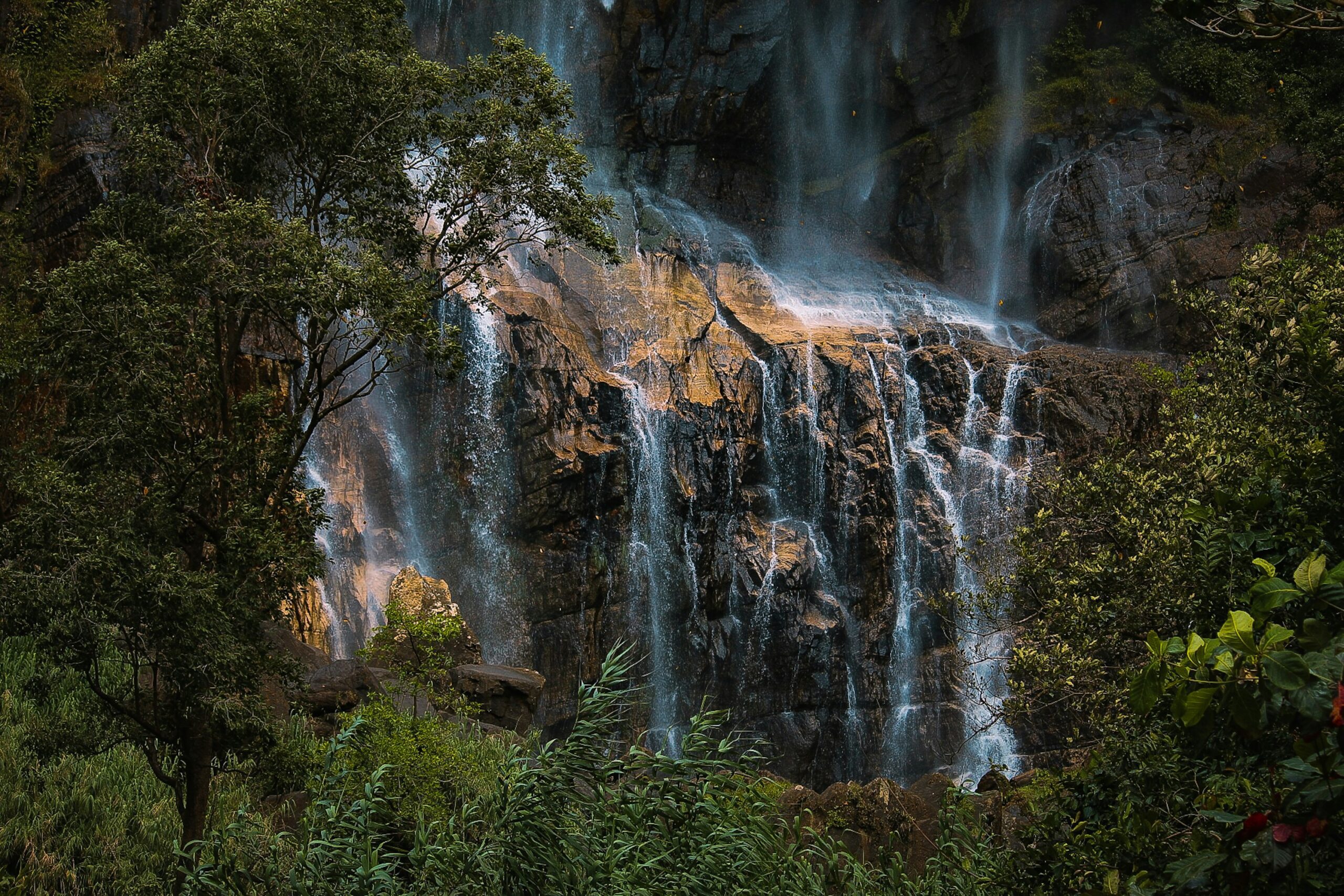

Introduction to Ecosystems and their Role in Our Lives
Our planet is a complex web of life, where ecosystems play a vital role in maintaining balance. From lush forests and vibrant coral reefs to expansive grasslands and intricate wetlands, these natural habitats provide essential services that support all living beings. They filter our air and water, offer food sources, and even help regulate the climate. Yet, we often take them for granted.
As stewards of this Earth, we have a responsibility to protect these precious ecosystems not just for ourselves but also for future generations. The choices we make today will shape the world they inherit tomorrow. It’s time to explore why safeguarding our ecosystems matters more than ever before and how each one of us can contribute to this critical cause. Let’s dive into the heart of the matter together!
Threats to Our Ecosystems: Human Activities and Climate Change
Human activities pose significant threats to ecosystems worldwide. Urbanization, deforestation, and pollution are just a few examples of how our actions disrupt natural habitats. Cities expand, pushing wildlife out and altering landscapes.
Climate change intensifies these issues. Rising temperatures shift weather patterns, affecting plant and animal life. Species struggle to adapt or migrate in search of suitable environments.
Industries contribute heavily to greenhouse gas emissions, exacerbating climate-related challenges. Oceans warm up and become more acidic, endangering marine biodiversity.
Agricultural practices also play a role in diminishing ecosystems. Pesticides and fertilizers contaminate soil and waterways, harming both land and aquatic life.
Each threat interconnects with others like a web. The cumulative effect is devastating for biodiversity as we lose species at an alarming rate—an unsettling reality that impacts us all directly or indirectly.
The Impact of Losing Biodiversity on the Environment and Future Generations
Biodiversity is the backbone of healthy ecosystems. When we lose species, we disrupt intricate networks that sustain life. Each organism plays a role, from pollinators like bees to predators controlling prey populations.
The decline in biodiversity leads to unstable environments. Soil fertility diminishes, making it challenging for plants to thrive. Water quality suffers as natural filters disappear. This creates ripple effects that can alter entire landscapes.
Future generations face grave consequences if current trends continue. Without diverse species, our food systems become vulnerable and less resilient against pests and diseases. The loss of genetic variety means future crops may struggle under changing climate conditions.
Cultural impacts are equally significant; many communities rely on local flora and fauna for their traditions and livelihoods. As these connections fade, so too does human history intertwined with nature’s tapestry—a loss felt deeply across generations yet to come.
Case Studies of Successful Ecosystem Conservation Efforts
One inspiring example of successful ecosystem conservation is the restoration of the Great Green Wall in Africa. This ambitious project aims to combat desertification by planting a mosaic of trees across 8,000 kilometers. It not only helps restore biodiversity but also improves local livelihoods.
In Costa Rica, reforestation efforts have significantly increased forest cover from just 21% in the 1980s to over 50% today. By implementing payment for environmental services, landowners are incentivized to protect and restore their forests.
Another noteworthy case is Japan’s satoyama landscapes. Here, traditional farming practices harmonize with nature, maintaining rich biodiversity while supporting rural communities.
These examples showcase that through collaboration and community involvement, we can achieve impactful results in conserving our precious ecosystems for future generations.
How Individuals Can Make a Difference in Preserving Ecosystems
Every small action counts when it comes to preserving our ecosystems. Individuals can start by reducing their plastic consumption. Opting for reusable bags, bottles, and containers helps minimize waste that often ends up in oceans and forests.
Participating in local clean-up events is another way to make a tangible impact. These activities not only beautify communities but also protect wildlife from harmful debris.
Gardening with native plants supports local biodiversity. It provides essential habitats for various species while requiring less water and maintenance compared to non-native options.
Educating others creates awareness of the importance of ecosystem preservation. Sharing knowledge through conversations or social media can inspire collective action within communities.
Supporting sustainable brands contributes positively to the environment. Every purchase sends a message about what we value—choosing eco-friendly products helps push industries toward greener practices.
Conclusion
Protecting our ecosystems is not just an environmental concern; it’s a necessity for the well-being of future generations. As we navigate through the challenges posed by human activities and climate change, it becomes increasingly clear that our actions today will shape the world of tomorrow. The loss of biodiversity can lead to devastating effects on our environment, but there are bright spots out there.
Successful case studies demonstrate what is possible when communities come together to conserve their natural resources. From restoring wetlands to protecting endangered species, these efforts show us that positive change is achievable.
Every individual holds power in this fight for preservation. Simple lifestyle changes and community involvement can contribute significantly to ecosystem health. We all have a role in safeguarding the planet’s diverse life forms and habitats.
The responsibility lies with each one of us. Protecting ecosystems ensures that future generations inherit a thriving planet rich in biodiversity, clean air, and vibrant landscapes. It’s time we act decisively—our children deserve nothing less than a healthy Earth teeming with life.
